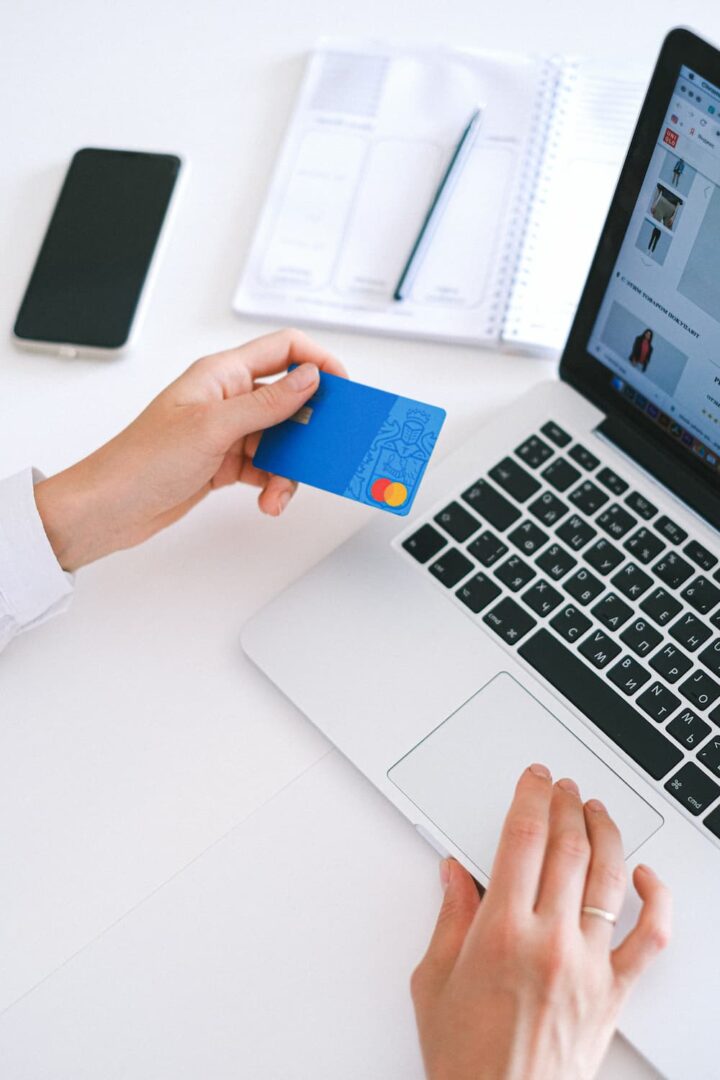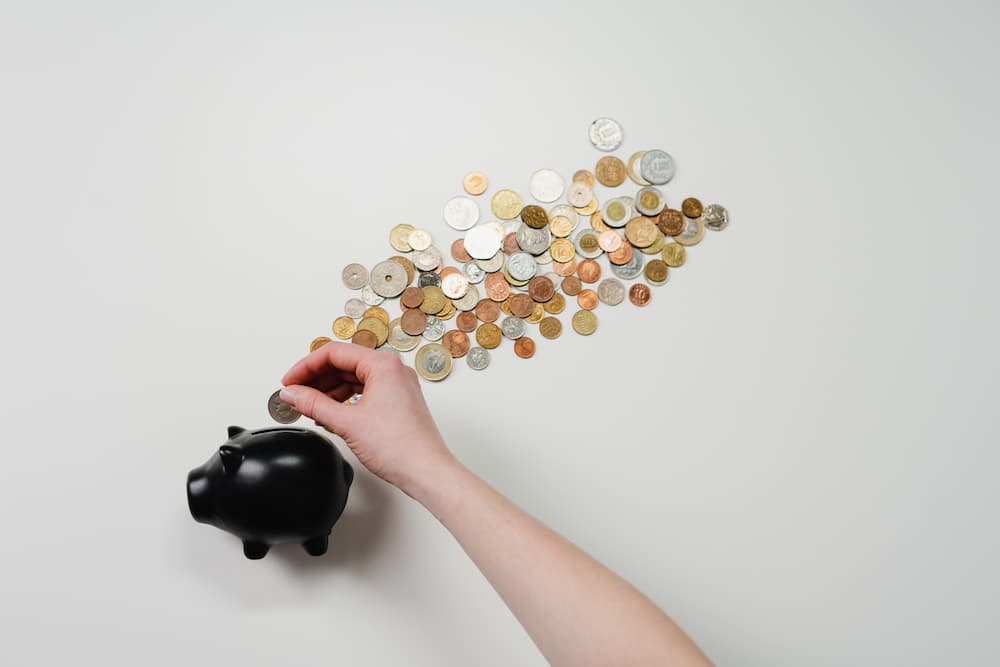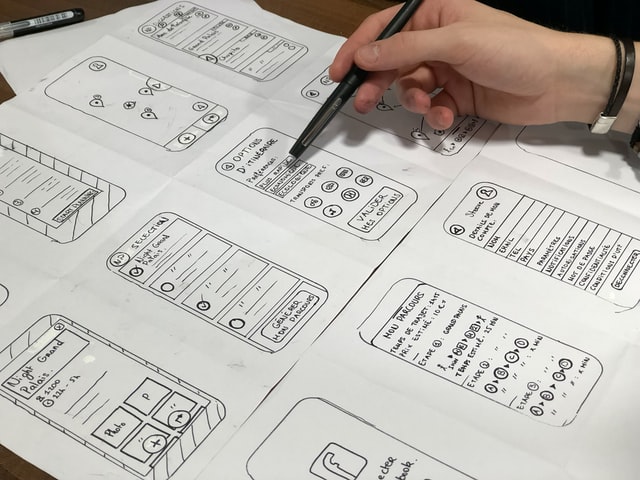The user spends 90% of the online time on mobile applications. Many people believe that users do not spend money on apps, but Black Friday purchase statistics show different statistics. The numbers don’t lie; if we really like the app or are used to it, we don’t mind paying to use it.
But user loyalty is a fickle currency. Let’s take a look at ways to keep the karmic balance between UX and monetization.
Monetizing user data
Numerous studies show that data monetization is one of the non-obvious ways to monetize desktop app effectively. User data is a key asset for prioritizing business development and improving existing products and services.
Monetizing user data means collecting, segmenting, and transferring non-personal information about users to date collectors. Monetizing the data does not imply the transfer of personal information, and users remain anonymous.
Non-personalized data that third parties collect about users include:
- Device type.
- Device version.
- Screen size.
- Mobile operator.
- Connection type.
- A serial number of the central processor.
- RAM, ROM.
- Country.
- IP.
Important! The third party never collects more data than you are willing to provide. You yourself once set up the types of user data that will be transmitted to companies in the future.
For data collectors, the amount of data is important; the more they collect, the more accurate they become. This is the main reason that applications with high DAUs (over 70,000) are of higher priority for data collectors.
Novice developers get caught up in this and start monetizing the app with less than 10,000 DAUs and quickly get frustrated. It is worth focusing on ASO and other methods of attracting users, and when the application reaches 50,000 DAU, add an SDK for data monetization and receive passive income.
Key benefits of data desktop monetization include:
- Data monetization is suitable for any category of mobile applications.
- The main feature is the absence of the need for constant optimization. The whole process takes place in the background, without affecting UX and advertising.
- Every month you receive income for each user who agreed to transfer their data. The same users can be monetized from month to month.
- The SDK is lightweight and does not eat up the memory and battery of the smartphone.
- If you decide to pursue data monetization, start growing your user base today.
All in all, SDK is a great way to monetize desktop application.
Advertising
The amount of time users spend on smartphones and tablets is growing, and ads on mobile apps are becoming advertisers’ main source of desktop software monetization.
It’s no wonder that every second in the IT crowd wants to create an app that would bring in huge income. For several years, trends in advertising have remained unchanged: maximum nativeness, integration into UX, and reasonable limitation of ad impressions to a unique user in one session.
An interesting format worth paying attention to is a smart banner. This tool can also help monetize desktop games. It is an updated version of the standard banner. While the good old banners have a fixed size, width, and height, smart banners dynamically adjust to the size and position of the mobile device screen.
Video ads are still the fastest-growing mobile ad format, and rewarded videos are the ideal in-app implementation. The scheme of work here is simple: the user is offered to watch the video in exchange for a bonus at a certain moment. For games, this can be an extra life or virtual currency, and for utilities, it can turn off ads for a couple of days.
The main tricks to keep in mind when effectively monetizing your app are:
- Analyze the interests and behavior of your users before moving on to choosing ad formats.
- Think about where and when your ad appears. Make sure ads don’t negatively impact UX.
- Try different ad formats to determine what works best for your application.
- Don’t overdo it with advertising: the more, the better! doesn’t work in the long run.
- Try ad mediation with a lot of demand for maximum ad impact.
In-app ads are now seen by users as the lesser of evils, so balance and experiment with formats.
In-App purchases
If data monetization or advertising isn’t your thing, in-app purchases are a proven strategy to monetize desktop apps and bring monetization to the next level. In-app purchases include a variety of goodies that you can sell in your app. For example, premium features, virtual currency, extra life for a hero, or any other consumable that can be spent in your application.It is important to show purchase recommendations when the user needs these items the most.
Subscription and freemium are in-app purchases. Freemium offers free basic functionality and the ability to upgrade the app to its premium version. Spotify Music, Tinder, and Evernote have been using these methods for a long time, so if you haven’t tested them in the app yet, now is the time.

Subscriptions are often the top monetization strategy for video and audio streaming apps, fitness apps, cloud services, and online magazines like The NY Times.
Therefore, it makes sense for developers to pump purchases in the application in two cases: if the mechanics of the application allow you to offer real value to the user, and if there are not so many alternatives to your application on the market and user engagement is consistently high.
Sometimes it makes sense to add an achievement reward that requires multiple in-app purchases.



